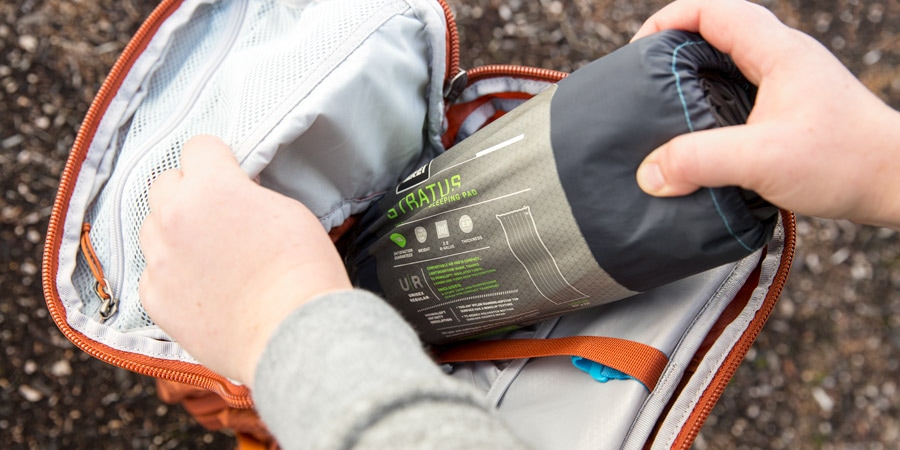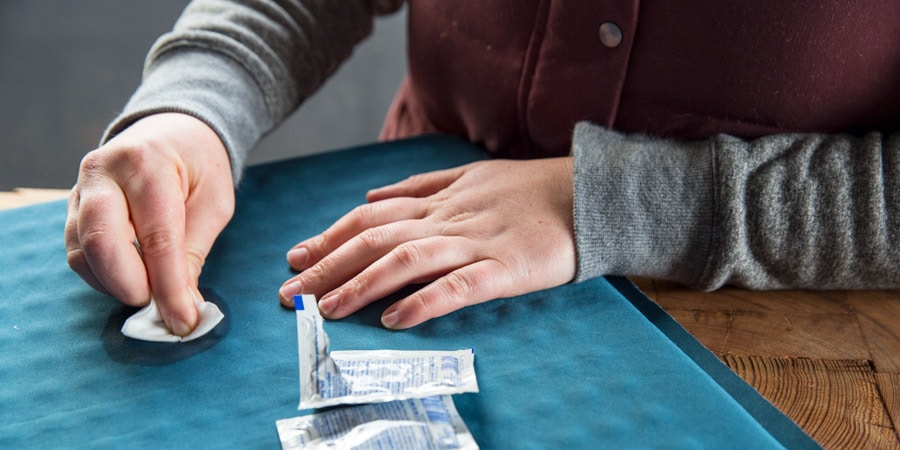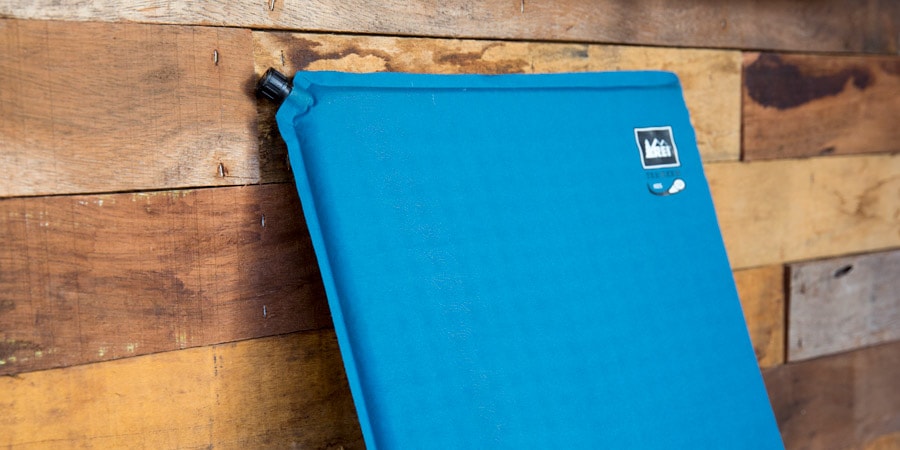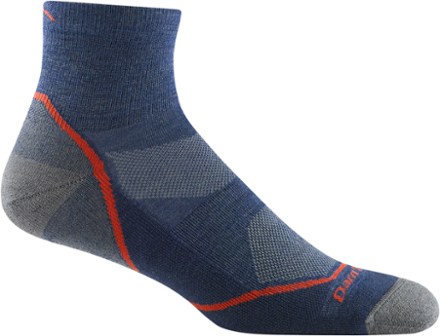Your sleeping pad, that miracle of slumber and compressibility, doesn't take a lot of care and maintenance. If you have a foam-only pad, no special storage precautions are needed. If you have an air-core or foam-core sleeping pad, then you should follow these simple storage guidelines:
- On the trail: It's the one piece of gear that can fail completely if you get a hole in it, so it's wise to pack your pad inside your pack.
- After it gets grungy: Clean off insect repellent and pine sap right away, and wash the whole pad once a season.
- At home: Dry your pad and store it with the valve open in a temperature- and humidity-controlled place.
Sleeping Pad Storage on the Trail

Preventing a hole is easier than patching one, so give your pad a safe haven during your hike.
While it's tempting to lash a pad to the bottom of your pack, and many people do just that, it's not a great idea. One of the first things most of us do when we take off a pack is to drop the thing on the ground, where the combination of gravity and Nature's rough edges can do damage.
Lashing the pad to the top of your pack is another option, but tree branches can grab you when you're not looking. Your best bet is to place it inside the pack. Take care not to jam it against a tent pole or another object that might damage it, though.
Sleeping Pad Cleanup Prior to Storage

A little dirt and grime won't harm your pad, but a couple of things are worth an immediate cleanup:
- Insect repellent: Repellents with a high concentration of DEET can damage synthetic fabrics quickly, so rinse your pad immediately if repellent gets on it. If it's a major spill, then use some biodegradable soap as well.
- Pine sap: The sap itself won't harm your pad, but it will glom onto things like pine needles and grit, which aren't so benign. If you have an alcohol wipe in your first-aid kit, that works pretty well.
Otherwise, wash your pad once each season to prevent the buildup of things like body oils and mold. These contaminants can migrate into your sleeping bag and compromise its performance. If you use an insulated quilt and sleep directly on your sleeping pad, then washing your pad after each trip makes sense.
Tip: Gear Aid MiraZyme Odor Eliminator is an effective product for home washing.
Home Storage for Sleeping Pads

Dry your pad outside and inside: Inflating your pad and letting it air dry will take care of exterior drying. Don't leave your pad where direct sunlight can hit it, though, because UV rays will degrade the material.
Moisture that accumulates inside foam and the insulations used in air pads can lead to unwanted mold growth on the inside. After your trip, you can lower the moisture level in your pad by inflating it, then deflating it a few times. Use a source other than your lungs. Setting a hair dryer on low and holding it directly against or over your pad's valve is an easy way to do this type of inflation—partially inflating the pad each time is fine for this step.
Where to store your pad at home: Moisture and temperature extremes are hard on your pad, so avoid damp basements and unheated (and uncooled) spaces like garages and attics. Susceptibility to temperature extremes also makes car trunks a no-no. Find a dedicated position in a closet or under your bed instead.
How to store your pad at home: Your pad and storage sack should be thoroughly dry inside and out before you store them.
- Self-inflating foam pad: Leave it semi-inflated with the valve open. That's good for both the foam's long-term resiliency and for air circulation inside the pad.
- Air pad: Hang it in a closet, and try to avoid always folding it along the same crease lines each time you hang it up or roll it up into its storage sack.




